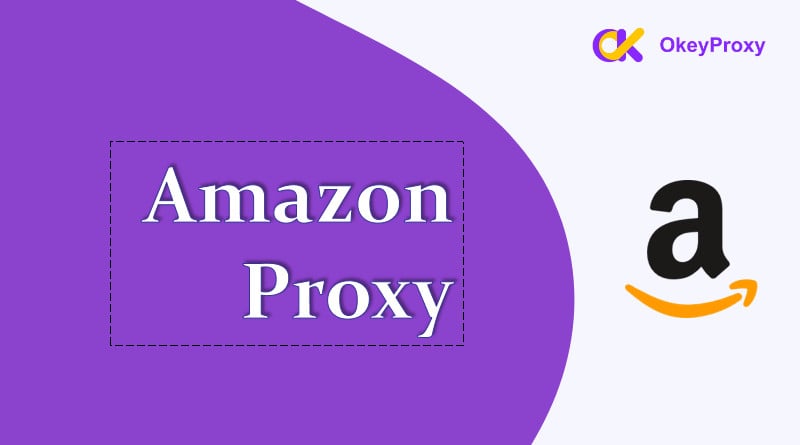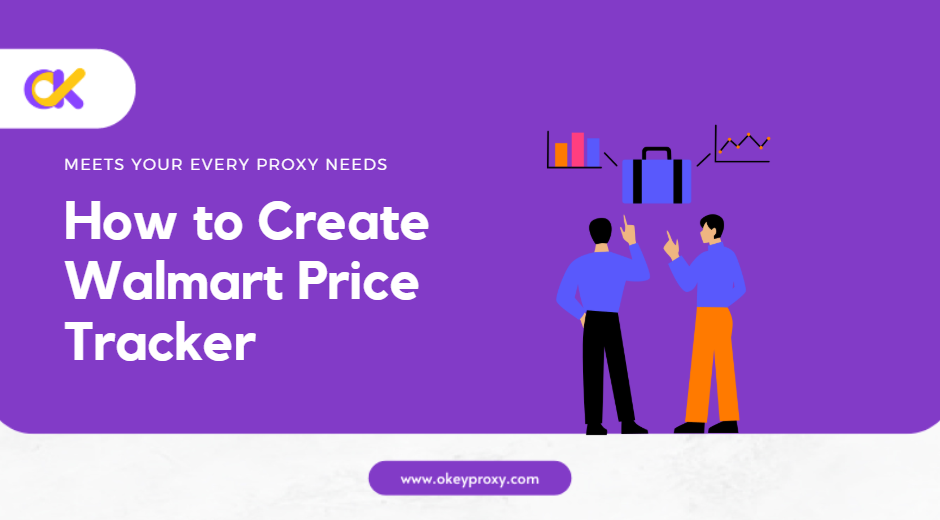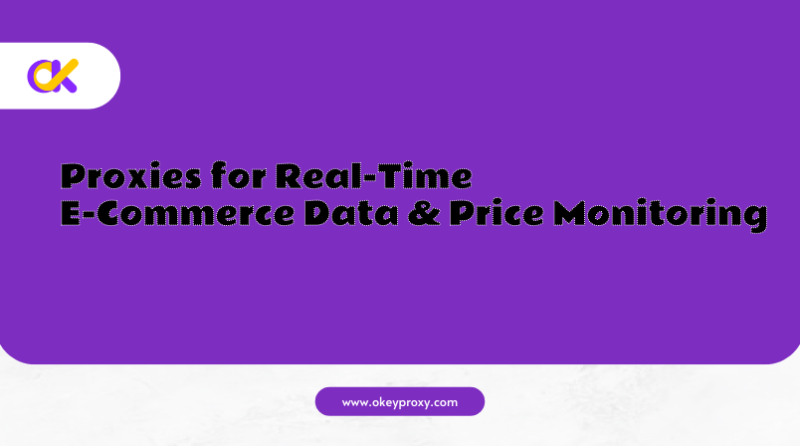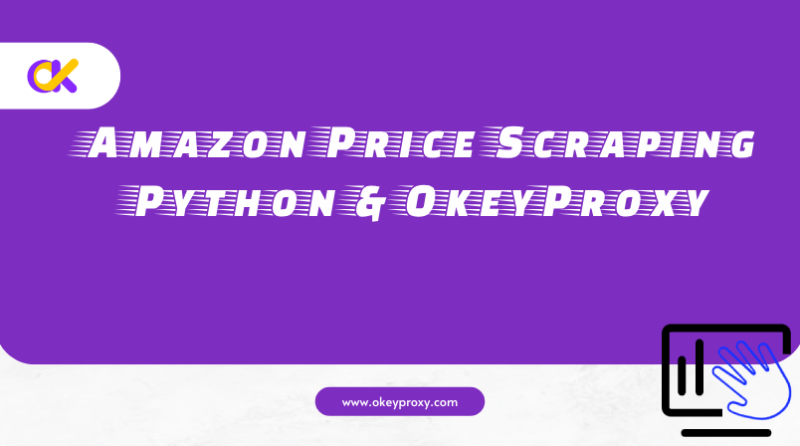Amazon is the world’s leading online marketplace, but accessing its content or using it for purposes like data scraping can come with limitations. An Amazon proxy serves as an intermediary server, helping users overcome restrictions, hide their IP address, and even enhance security when accessing Amazon’s site. Unlock the power of Amazon proxy server now!
What is a Proxy for Amazon?
A proxy is a server that acts as an intermediary between a user’s device and Amazon’s server, allowing requests to appear as if they’re coming from a different IP address. For Amazon users, proxies can provide benefits like maintaining anonymity, bypassing geo-restrictions, and even allowing businesses to carry out data scrapingwithout risking their own IP address.
In most cases, Amazon proxies are highly useful for:
- Market research by retrieving Amazon data for pricing analysis or competitor comparison.
- Securing browsing activity and masking IP addresses.
- Overcoming location-based restrictions when certain products are unavailable in specific regions.
Does Amazon Detect Amazon Proxy Usage?
Amazon actively works to detect and block IP addresses linked to proxies, particularly data center IPs often associated with bots or high-frequency requests. Amazon’s detection capabilities are robust, using algorithms to spot irregular activity or multiple requests from the same IP.
Static residential proxies and rotating residential IPs (which change frequently) have a higher chance of bypassing detection, as they look like regular user IPs and mimic human browsing behavior more closely.
How Amazon Detects Proxies for Amazon?
-
IP Reputation Analysis:
Amazon can identify suspicious IP addresses, such as those associated with data centers.
-
Rate Limiting:
High-frequency requests are flagged and blocked.
-
Behavioral Analysis:
Amazon examines browsing patterns, and rapid page-loading patterns may trigger blocks.
How to Bypass Detection of Amazon Proxy?
-
Use High-Quality Residential Proxies
Residential proxies, which use IPs from actual devices, appear more authentic to Amazon’s systems compared to datacenter proxies. This reduces the risk of detection.
-
Avoid Free or Low-Quality Proxies
Many free proxies are easily detectable and may even be blacklisted by Amazon due to shared IP usage.
-
Limit Requests
Avoid sending an excessive number of requests within a short timeframe. Instead, use a reasonable browsing pattern to avoid triggering Amazon’s anti-bot protections.
-
IP Rotation
Rotating proxies help prevent detection by changing IP addresses with each new session or request, appearing more natural to Amazon.
So, it’s time to learn why to use those tips by understanding the types of Amazon proxies.
Types of Amazon Proxy Servers
Understanding the types of proxies available can help in selecting the best option for Amazon-related tasks. The main types include:
-
Datacenter Proxies
Datacenter proxies are hosted on dedicated servers and are often less expensive but more easily detected due to their associated IP patterns. While they are fast, datacenter proxies are best for users who do not require high anonymity or frequent requests.
Pros:
Fast and affordable.
Cons:
More likely to be detected by Amazon’s systems, especially if using high-frequency requests.
-
Residential Proxies
Residential proxies assign IPs from genuine devices, making them less likely to be flagged by Amazon. They offer a more natural browsing experience and are the preferred choice for consistent, safe access to Amazon.
Pros:
Better anonymity and lower detection risk.
Cons:
Generally more expensive than datacenter proxies.
-
Rotating Proxies
Rotating proxies automatically switch IP addresses at regular intervals or with each request. They’re ideal for users who need multiple Amazon accounts or plan to access Amazon data across different regions without being detected.
Pros:
High level of anonymity, lower detection risk.
Cons:
Can be slightly slower due to rotation delays.
-
Static Proxies
Static proxies provide the same benefits as rotating proxies but with a dedicated IP that remains consistent. This type is useful for accounts that require a stable login location, like Amazon seller accounts.
Pros:
Persistent IP for stable login; less likely to trigger security flags.
Cons:
Higher cost and may not work for users needing high-frequency rotation.
Data center proxies might be the cheapest, but they are often detected by Amazon. Residential & Rotating Proxies are more reliable for Amazon use because they mask a user’s activity better, making them appear like a regular consumer.
Best Proxies for Amazon [Advancced]
If you need to work with Amazon for any task requiring data access or secure browsing, selecting the right proxy is essential. Here are some top recommendations based on functionality, stability, and security:
| Proxy Provider | Type | Key Features | Best For | Trial |
|---|---|---|---|---|
| OkeyProxy | Rotating, Residential, Static IPs | High-speed connections, 150M+ IPs, integration, reliable performance | Market research, data scraping, accessing geo-restricted content | 1 GB or 5 IPs (Contact Support), $9/3GB |
| Smartproxy | Residential | High anonymity, rotating IPs | Bypassing Amazon’s geo-restrictions | 100 MB |
| Oxylabs | Residential & Datacenter | Large IP pool, excellent reliability | E-commerce research | 7-Days |
| Bright Data | Residential | Advanced configuration options, rotating IPs | Large-scale data collection | 7-Days |
| SOAX | Residential | IP authorization, rotating IPs | Multiple accounts management, bypassing geo-restrictions | 100 MB for 3-Day/$1.99 |
OkeyProxy is a highly recommended choice for Amazon browsing. Offering a variety of proxy types, including static residential IPs and rotating IPs, OkeyProxy provides a secure and efficient way to access Amazon without detection risks. OkeyProxy also supports SOCKS5 protocols, adding another layer of versatility.
Setup Amazon Proxy Server Safely
Using a proxy for Amazon safely involves careful selection of proxy types, setting up configurations correctly, and adhering to best practices to avoid detection. For best results, choose proxies that offer residential IPs, such as OkeyProxy’s static residential proxies, to minimize risk. By following right steps, users can effectively leverage proxies for Amazon without compromising account security.
With 4 tips on practices to avoid detection of proxy by Amazon in mind, below is a step-by-step guide to configure Amazon proxy for various devices and browsers.
Using a Amazon Proxy on a PC Windows or Mac
Windows:
- Go to Settings > Network & Internet > Proxy.
- Enable Manual Proxy Setup and enter the IP address and port number of the proxy.
- Save the settings and check connectivity to Amazon.
MacOS:
- Open System Preferences > Network.
- Select your network connection and click on Advanced.
- Go to the Proxies tab, choose Web Proxy (HTTP) or Secure Web Proxy (HTTPS), and enter the proxy details.
Configuring Amazon Proxy in Browsers (Chrome and Firefox)
Google Chrome:
- Install a proxy management extension (such as FoxyProxy).
- Add proxy server details within the extension and enable it for Amazon-related browsing.
Mozilla Firefox:
- Go to Options > General > Network Settings > Settings.
- Enter the proxy details and save. Firefox will use these proxy settings when accessing Amazon.
Setting Up a Amazon Proxy on Mobile Devices (iOS and Android)
iOS:
- Go to Settings > Wi-Fi and select the network.
- Tap Configure Proxy and select Manual. Enter the proxy server details.
Android:
- Open Settings > Wi-Fi, then tap and hold the connected network.
- Select Modify Network > Advanced Options > Proxy.
- Enter the proxy details and save.
Conclusion
Whether for business or personal needs, using a proxy for Amazon opens up a range of possibilities, from accessing content across borders to conducting data analysis without detection. Choosing the right proxy type and provider is essential, with rotating & residential proxies offering the best balance of access and security.
As an Amazon proxy, OkeyProxy stands out as a top recommendation due to its reliability and robust selection of proxy types, making it a powerful tool for accessing Amazon securely and effectively.





